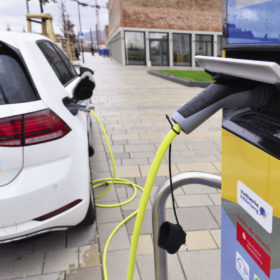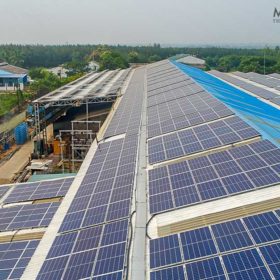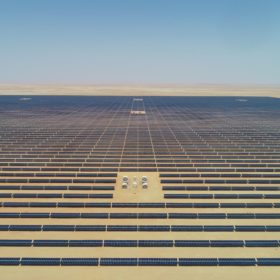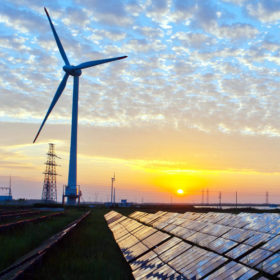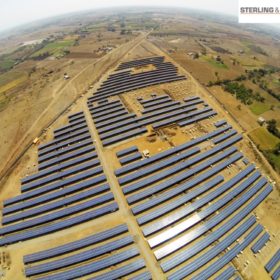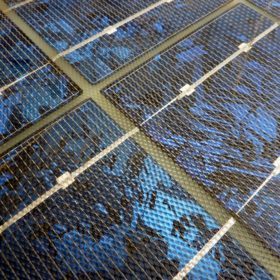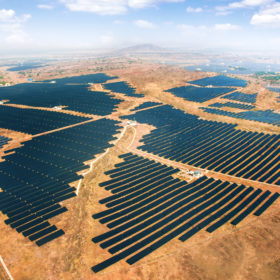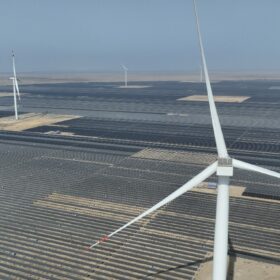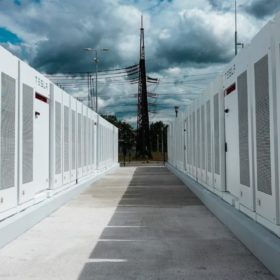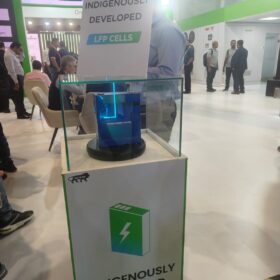Installers sought for 1,000 EV charging stations nationwide
Contractors will be required to identify sites and develop, operate and maintain interoperable electric chargers in more than 75 cities.
Tata Power to set up Indian health sector’s largest solar carport
The developer will commission a 335 kWp ‘carport-style’ solar plant for Apollo Gleneagles Hospital in Kolkata city, West Bengal. It is estimated the plant will generate around 426 MWh of electricity for the hospital per year and reduce annual carbon emissions by 80kg.
Tender for 7.5 MWp of grid-connected rooftop solar in Andaman
October 20 is the final date to submit bids for the generation capacity, which will be set up on buildings on the islands of Middle and North Andaman.
Auctions show Indian renewables still primed for growth
A report by the Institute for Energy Economics and Financial Analysis says there is plenty of investment capital available for Indian renewables despite pandemic disruption.
Choosing the right sites for Indian renewables
With biodiversity concerns and social impacts such as arguments over the loss of agricultural land delaying projects, non-profit The Nature Conservancy India has published a report to help developers choose their locations more carefully and get India’s energy transition back on track.
Hero Future Energies plans first Indian investment in Bangladesh grid scale solar
The New Delhi-based developer is planning a 50 MW plant after the 100 MW facility originally proposed was stymied by the power evacuation equipment available at the Khulna site.
Sterling and Wilson bags 107 MW solar project in Chile
The solar plant is the Indian multinational’s fifth win in Latin America. The EPC has a a 93.3 MW project in Argentina and is constructing three other Chilean PV plants with a total generation capacity of 588 MW.
Floating PV driving Odisha solar growth
The state, which is aiming to hit 2.2 GW of solar within two years, has received a Solar Energy Corporation of India proposal for 500 MW of floating project capacity even as it approves a 40 MW water-borne array put forward by the national solar body. The 500 MW suggested comes on top of a similar scale of floating PV planned across the state by public hydropower company NHPC.
REIL seeks 1.2 million multi-crystalline silicon solar cells
September 24 is the last date to submit bids for supplying 1.2 million quantities of multi-crystalline silicon solar cells, half of which is tendered under the domestic content requirement category. Cells are required in peak power ratings of 4.50W (4/5-busbar), 4.60W (5-busbar) and 4.67W (5-busbar).
Rajasthan could add 22.6 GW of new renewable energy capacity to the grid within a decade
The state—which has already installed an aggregate 9.6 GW of renewable energy capacity as of FY 2019-20 end—will add another 22.6 GW to the grid by the end of FY2029-30. Of the new RE addition, 18 GW will come from solar capacity.
